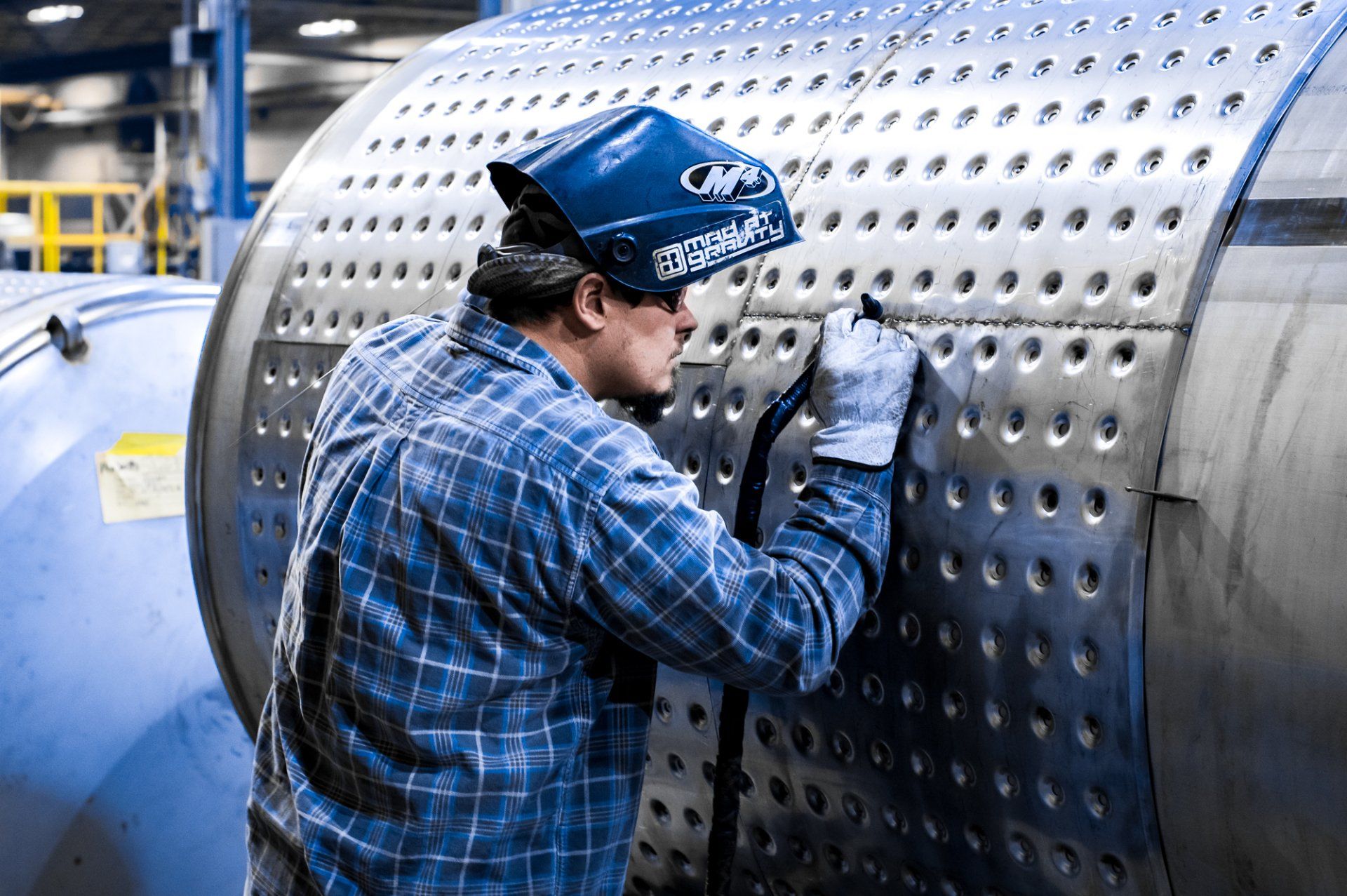Things To Consider for Your Hospital’s Railing Systems

Railing systems in hospitals contribute to the safety and well-being of both patients and staff by providing critical support and stability in areas where people may require assistance with mobility. Railings prevent accidents that could lead to severe injuries. Investing in quality railing systems is not only a matter of compliance but also a commitment to patient care and hospital functionality. Continue reading to learn about some things to consider for your hospital’s railing systems.
Choosing the Right Material
When selecting materials for hospital railing systems, safety should always be the top priority. Stainless steel is a popular choice due to its strength and durability, making it resistant to wear and tear over time. Aluminum is another excellent option, as it is lightweight yet strong and provides support without adding excessive weight. Both materials are easy to clean and maintain, which is essential for keeping hospitals sanitary. Choosing the right material for handrails will ensure the railing system remains in good condition for a long time.
Balancing Functionality With Aesthetics
The design of hospital railing systems is as important as its durability. Hospital teams strive to create environments that are functional, welcoming, and aesthetically pleasing. You can design railings to complement the architectural style of your hospital, using sleek lines and contemporary finishes. Incorporating colors and materials that match the hospital’s interior can make railings less obtrusive. Also, balancing functionality and aesthetics can enhance the overall patient experience.
Ensuring Compliance With ADA Standards
Accessibility is a critical consideration when designing and installing railing systems in hospitals. Compliance with the Americans with Disabilities Act (ADA) standards is a legal requirement. You must place railings at the correct height and provide the necessary grip for individuals with disabilities. Additionally, the railings should be smooth and free of obstructions that could impede a person’s movement. Making railing systems accessible to all patients and visitors demonstrates your hospital’s commitment to inclusivity and equal care for everyone.
Keeping Your Railing Systems Safe and Durable
Regular maintenance is essential to keep hospital railing systems safe and functional. Conduct routine inspections to identify signs of wear, damage, or looseness in the railings. Address these issues promptly to prevent accidents. Cleaning the railings regularly with appropriate disinfectants will help to maintain sanitation and prevent the spread of infections. Additionally, applying protective coatings to metal railings can prevent rust and corrosion while extending the lifespan of the system. A well-maintained railing system supports continued safety and reliability.
Investing in the Future of Your Hospital
Investing in high-quality, secure, and aesthetically pleasing railing systems is an investment in the future of your hospital. It enhances patient safety, ensures compliance with legal standards, and contributes to a positive and welcoming environment. When considering these things for your hospital’s railing systems, you can create a safer and more efficient space for patients, visitors, and staff.
If you need stainless steel handrails for your hospital, contact the experts at CMPI. Our custom handrails provide a clean and sophisticated look for your facility.





